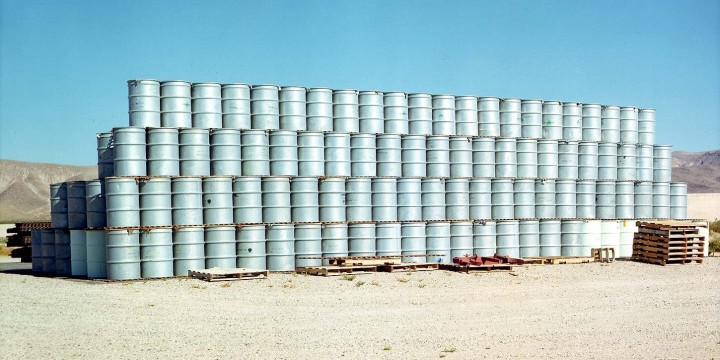Canada’s nuclear waste producers are looking for a place to abandon 50,000 tonnes of nuclear fuel waste. This waste is extremely toxic, very long-lived, and virtually indestructible. More is being produced every day. The amount is expected to double over the next 30 years.
The industry’s idea is to dig a hole and bury the waste deep inside an undisturbed geological formation (without disturbing it?) and then, eventually, walk away from it. Abandon it. Thereby, in effect, limiting the corporation’s liability and passing on the responsibility of coping with any alarming leakage of radioactivity to future generations, without actually providing future generations with the resources or the knowledge to deal with the problem.
To the critics, it seems like a self-serving philosophy: “Out of sight, Out of mind”; “Now you see it, Now you don’t”; “You bury the waste over there and we’ll keep producing it over here.”
Despite more than half a century of effort, there is no operating waste repository for irradiated nuclear fuel anywhere in the world. Two deep geologic repositories in Germany, designed to hold nuclear wastes far less radioactive than irradiated nuclear fuel, have failed because of radioactive leakage and structural collapse. Last year, the only deep geologic repository in North America for storing nuclear wastes far less dangerous than irradiated fuel, was abruptly closed until 2018 at the earliest — because a barrel of nuclear waste exploded 750 metres underground, spreading plutonium dust throughout the underground tunnels and contaminating 22 workers at the surface.
Canada’s nuclear waste producers know that if they cannot convince the political decision-makers and the public that the nuclear waste problem is “solved”, the industry may not be allowed to continue. In other words, the corporations in question may not be allowed to continue making more nuclear waste indefinitely into the future.
The Nuclear Waste Management Organization (NWMO) was created by the nuclear waste producers to find a “willing host community” to accept all of Canada’s nuclear fuel waste. The Canadian Coalition for Nuclear Responsibility (CCNR) has criticized this entire undertaking for three main reasons: (1) the NWMO has a built-in conflict of interest because it is not independent from the nuclear waste producers; (2) burying nuclear waste in one location will never solve the problem as long as additional nuclear waste is continually being produced and stockpiled at several other locations; (3) it is scientifically and ethically unjustified to abandon highly toxic materials when safety cannot be proven; on-going monitoring and repackaging (Rolling Stewardship) is necessary to provide remediation when needed.
For these and other reasons, many people consider it wrong to lend credibility to the NWMO by entering into financial agreements and accepting money from that organization — money that can easily be interpreted as hush money or bribes to enable the nuclear waste producers to continue mass-producing the most toxic industrial wastes ever produced on planet Earth.






